World’s first-ever Pride march in 1972 remembered by Gay Liberation Front veterans
Peter Tatchell, Ted Brown, and Nettie Pollard are among the everyday LGBTQ heroes honoured at the Attitude Pride Awards 2022, in association with Magnum.
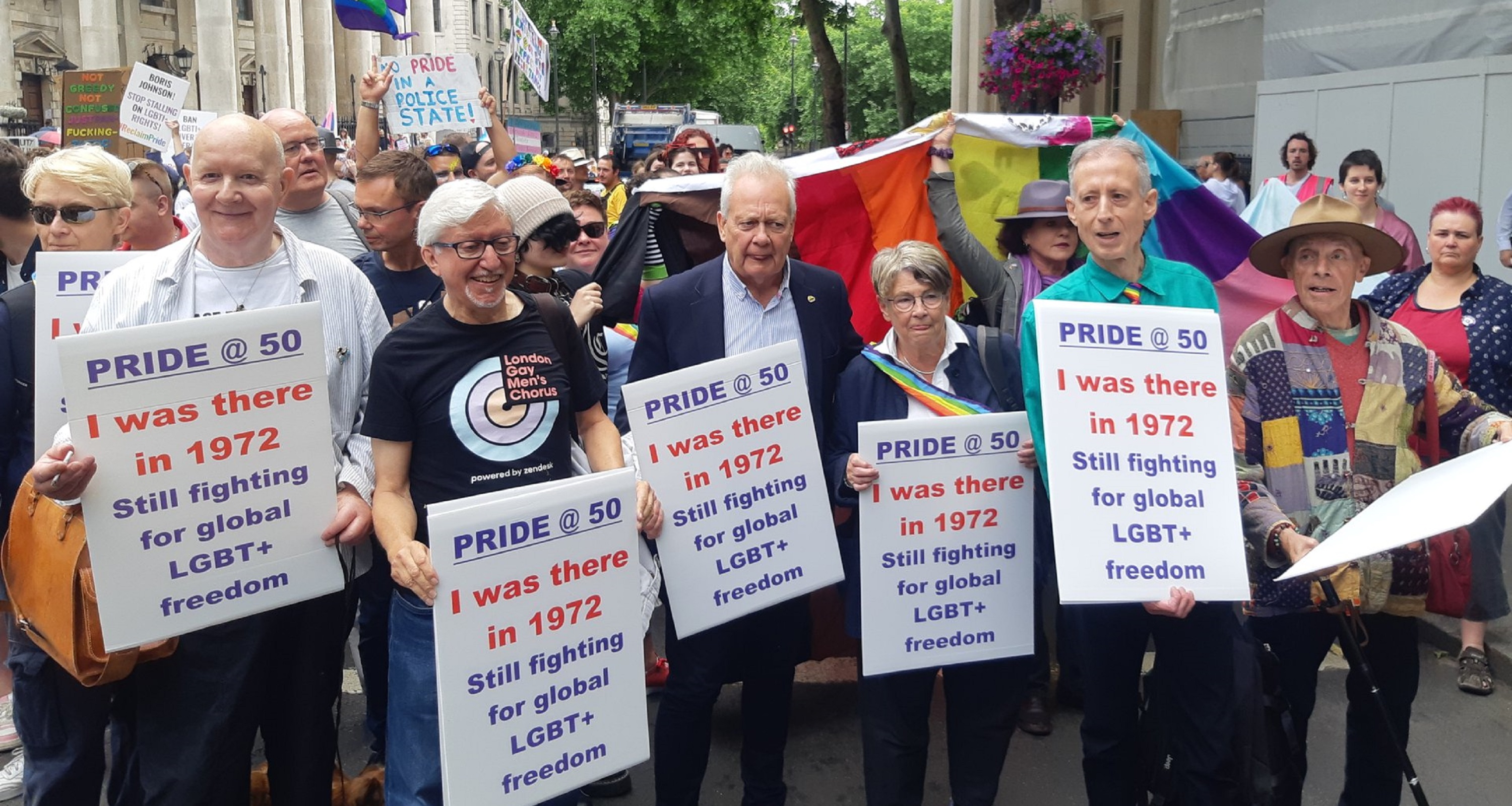
Words: David McGillivray; Photography: Markus Bidaux and Wiki Commons
For today’s gay community, Pride is an annual fixture, a reminder of how previous generations battled for our rights and how we must not only continue to defend them today but also fight for inequality around the globe. Its roots were planted in the UK 50 years ago on 1 July 1972, when the world’s first gay rights march to use the name ‘Pride’ took place in London. It was organised by the Gay Liberation Front (GLF).
A UK offshoot of the first GLF that was formed in America, this small group was founded in London in 1970. At that time, despite the partial decriminalisation of homosexuality in the UK in 1967, two males kissing in public still risked arrest. Although the GLF was determined to challenge such homophobia head-on, its objectives were not what you might suppose.
“The word ‘equality’ never passed our lips,” says lifelong human rights campaigner and former GLF member Peter Tatchell, 70. “We were not interested in equal rights within what we saw as a flawed, unjust society. Our goal was not assimilation and adaptation, but the transformation of society to benefit everyone.”
The GLF was closely aligned to women’s liberation and Black power.
Before that historic day in 1972, the GLF had organised two protests. On 27 November 1970, there was a candlelit vigil on north London’s Highbury Fields (a plaque marks the spot) reacting to the arrest of Young Liberal Louis Eaks for alleged importuning, an offence only women and gay men could be charged with.
Ted Brown, 72, was part of the GLF’s Youth Group, which organised the next big offensive on 28 August 1971. It was a march from Hyde Park to Trafalgar Square in central London protesting against the UK’s unequal age of consent: 16 for heterosexuals, but 21 for gay men. “One way we protested was to kiss each other in Hyde Park,” Brown remembers.
The first Pride march the following year came about purely because of the success of the age of consent march, which received national press coverage. “We felt elated that there were a number of people prepared to declare themselves lesbian and gay and [to] do so in public,” Brown recalls.
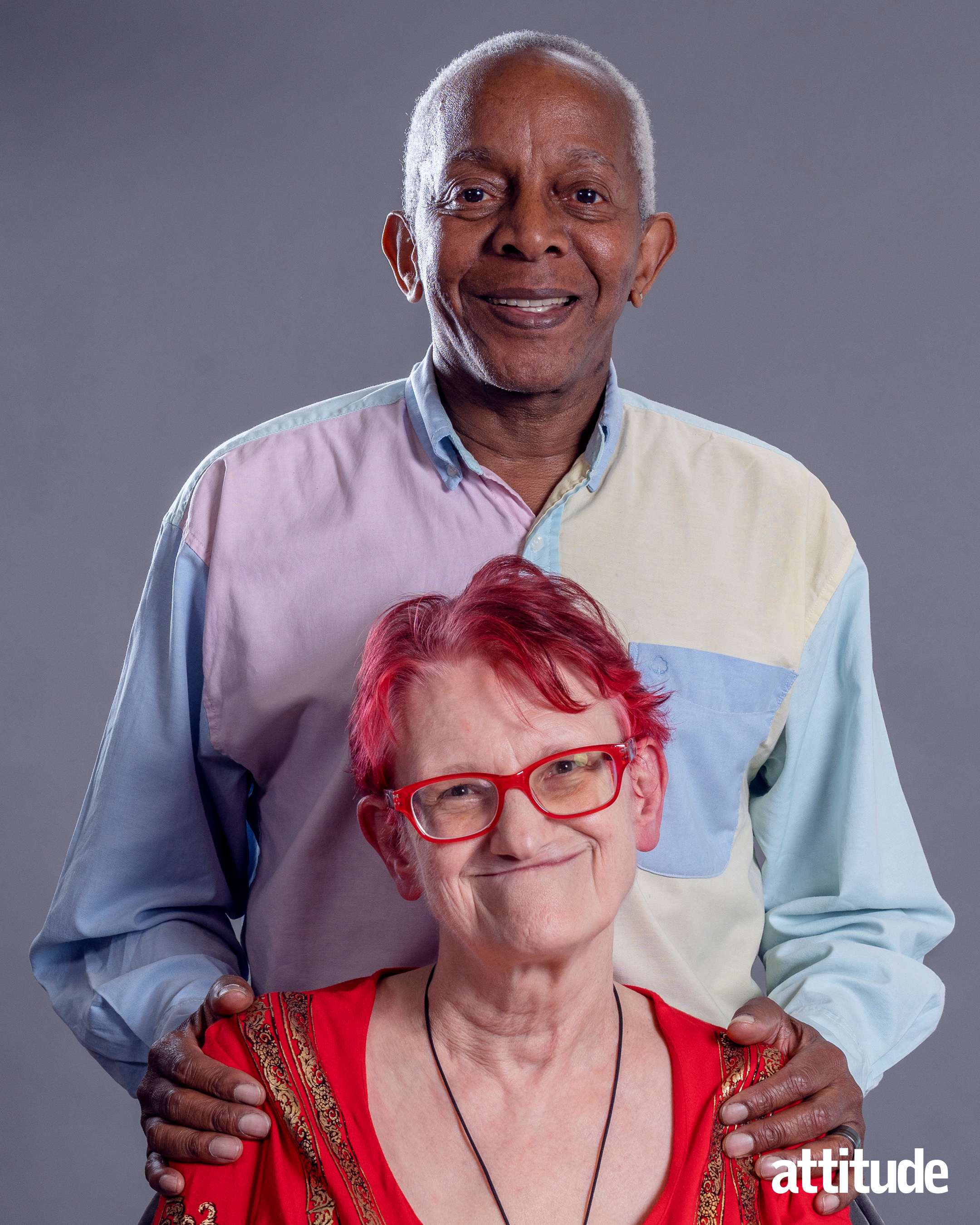
Ted Brown and Nettie Pollard (Photo: Markus Bidaux)
(This was at a time when gay men could lawfully be sacked from their work, and gay women could lawfully lose custody of their children.) “At our meeting place in Powys Square in Notting Hill Gate, we said, ‘Let’s have a major meeting next year and make it as close to the dates of the Stonewall rebellion [28 June to 3 July 1969] as possible,’” says Brown.
According to Tatchell, ‘Pride’ was the primary theme of the 1972 march, organised by the GLF’s Youth and Action groups: “We hit on the idea of Gay Pride as a way of countering the prevailing consensus, which said that we should be ashamed of who we were.”
Nettie Pollard, 72, was another GLF member who took part in both marches. “I’d been to the Youth Group march, which was so powerful. It was about the age of consent, but it wasn’t just young people that went, we all went,” she says. It led to the concept of Pride. “We knew we were right,” she declares. “I think it made us very brave.”
In 1972, a gay rally had to be publicised almost entirely by word of mouth. Not only was there no social media, but there was almost no gay-friendly print media. The listings magazine Time Out was a gay ally.
The UK’s first gay newspaper, Gay News, appeared in 1972 (and it’s from GLF advertisements that we know the 1972 march was the world’s first to be billed as “Gay Pride”).
Otherwise, it was a case of putting stickers on lampposts and conducting a telephone campaign named in the 2008 film Milk as a “telephone tree”. It was inspired by the pyramid selling scheme. One person would phone five friends, who each called five friends, and so on.
“It was very laborious because most of us couldn’t afford telephones at home, so we had to go to coin boxes,” Tatchell notes ruefully.
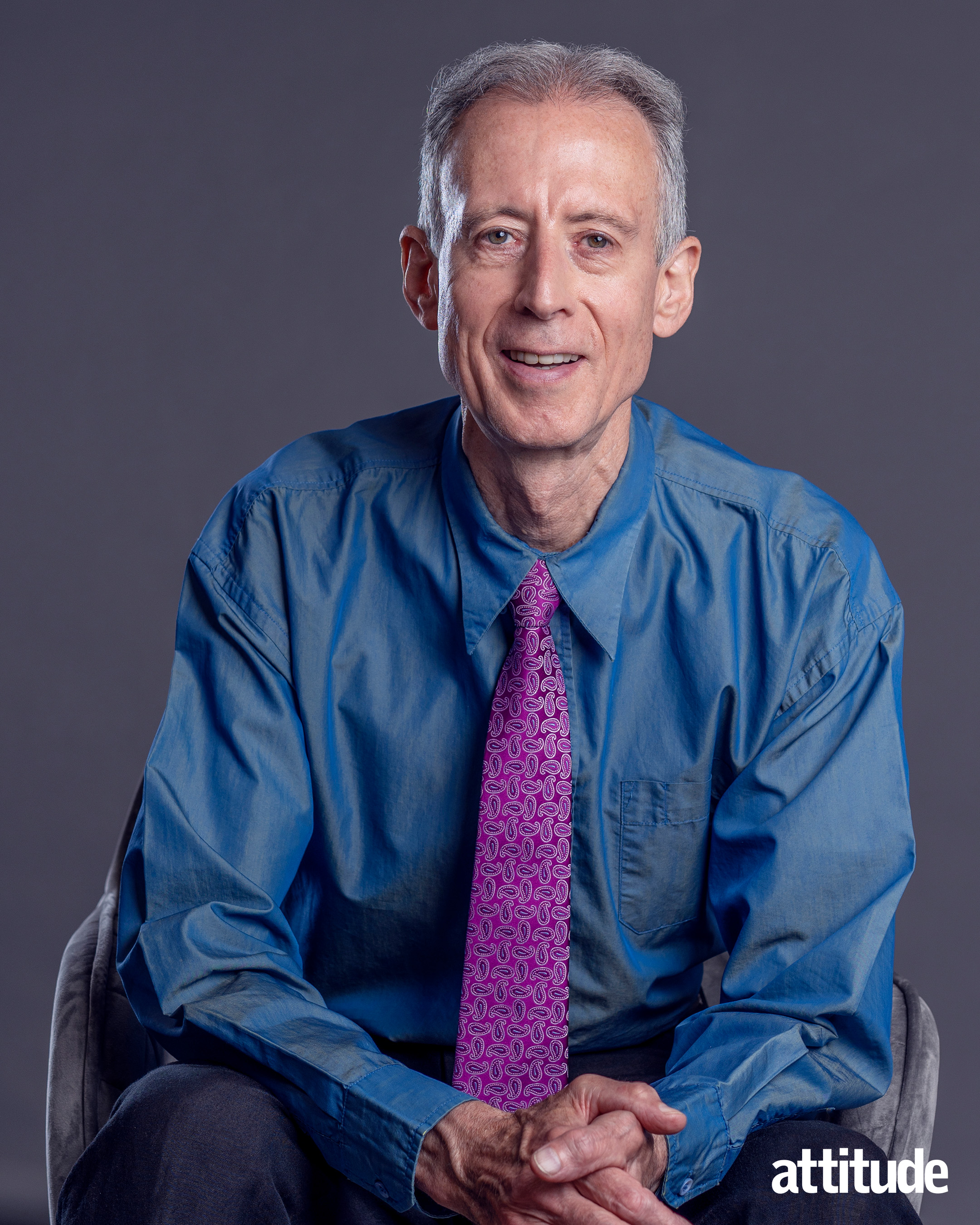
Peter Tatchell (Photo: Markus Bidaux)
As one of the organisers, Tatchell tried distributing leaflets in gay pubs in Earl’s Court, the west London suburb that was then the capital’s only gay village. “At the Coleherne [Arms gay pub], we were physically ejected by the staff and the customers,” he claims.
“They said we were extremists, that we were drawing undue attention to homosexuals, that we should keep our heads down and lie low. It didn’t discourage us. We were made of strong stuff. But it did show the degree to which many gay people had internalised homophobia.”
On the morning of the 1972 march, Brown took the train to London’s Charing Cross. “I walked across the Strand to Trafalgar Square,” he remembers, “and saw a couple of people carrying the GLF banner. We hung around there for a little bit. More and more people began to gather and when we had a substantial number, about 200, somebody said, ‘Let’s recreate the kiss.’ We crammed onto [the plinth of Nelson’s Column] and there were women kissing women, men kissing men, men kissing women.” Somebody took a photo and it was used on the front cover of Lisa Power’s 1995 book, No Bath But Plenty of Bubbles.
Tatchell was another early arrival in Trafalgar Square. At first, he was disappointed by how few people had assembled. But by the end of the event, he estimates 700 eventually participated.
“The mood was exuberant,” says Brown. “We had a number of slogans that we shouted as we walked along. One of them was ‘2- 4- 6- 8, gay is just as good as straight’, which later became, ‘Is that policeman really straight?’. Then, when we got to Oxford Street, some wit decided to shout out, ‘We’re here, we’re queer, but we’re not going shopping.’”
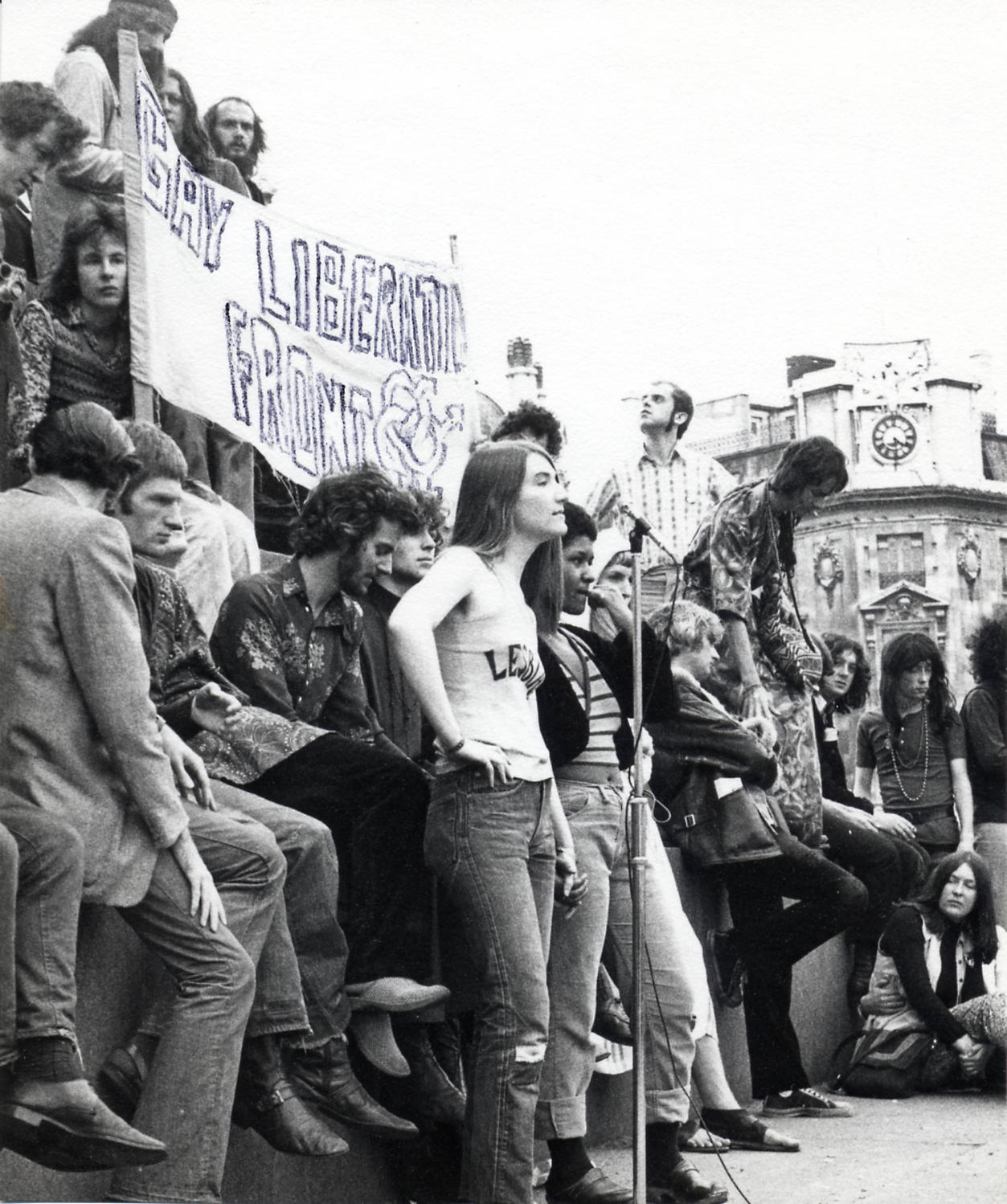
GLF protestors in 1972 (Photo: Wiki Commons)
The police presence was substantial. Most participants remember that there was almost a policeman for every marcher. In fairness to the Metropolitan Police, the fear may have been that this unprecedented protest could result in a homophobic massacre. Marchers weren’t allowed to take up much road space.
They were hemmed in, next to the kerb, by a phalanx of police officers. “If we stepped slightly out of line we got elbowed and shoved,” Tatchell recalls.
What was the public reaction? Tatchell reckons perhaps a third of the onlookers were supportive. Brown remembers, “Some people were looking very surprised, one or two people shouted abuse — ‘You people ought to be arrested’ — but there were also people who wanted to be part of a new movement.”
Pollard has a distinct memory of this: “We went past a sex club and one of the hostesses came out and joined the march!”
At the destination of the protest, Hyde Park, there was a gay picnic with music, games, and more gay kissing. “There were so many of us, like, hundreds of us doing this, so in the end [the police] just gave up,” says Pollard.
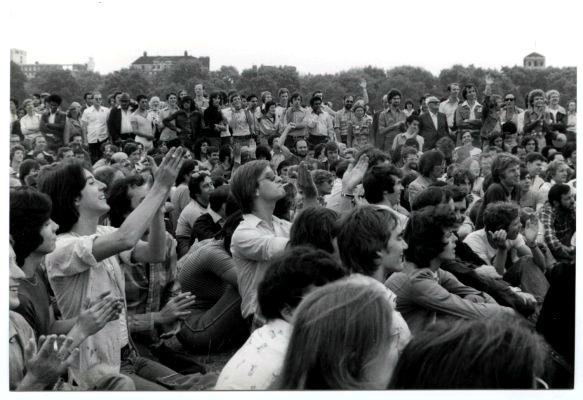
GLF and protestors in Hyde Park, 1972 (Photo: Wiki Commons)
Tatchell confirms this. “At a couple of points, officers did come over and threaten to arrest us if we carried on kissing. We just told them to get lost. Realising they were outnumbered, the police walked away with their tails between their legs.”
On 1 July 2022, surviving members of the GLF and their friends recreated the 1972 march. “What a difference 50 years makes,” Tatchell remarks. “We were cheered and applauded all along the route.”
One memory sticks in his mind: “One of the men who turned up had been at the Coleherne on the day that we were ejected. He told me that that incident prompted him to join the GLF.”
The Attitude September/October issue is available to download and order in print now and will be on newsstands from Thursday 4 August.

